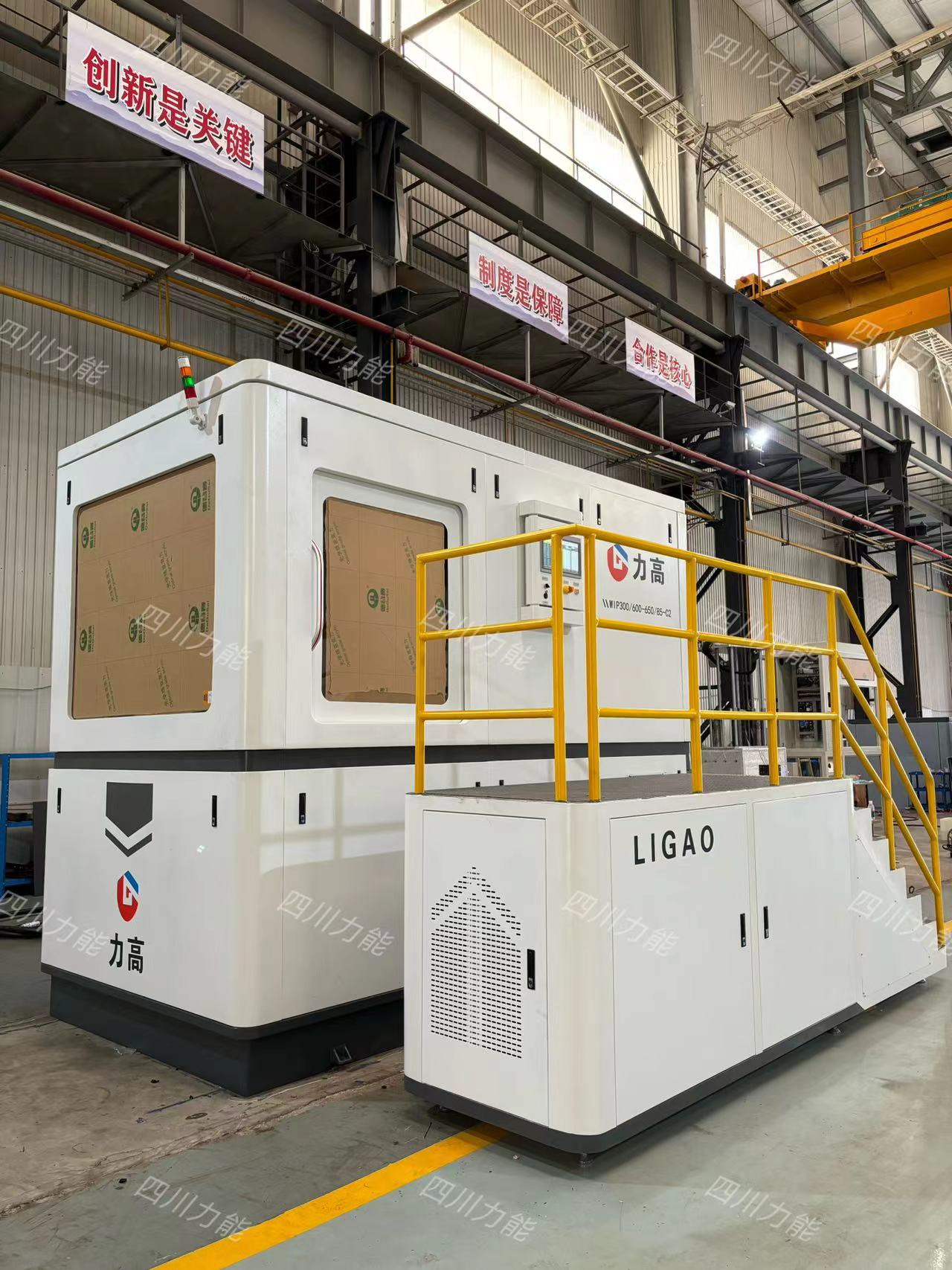


Ultra-high pressure sealing material
The principle of ultra-high pressure sealing is basically the same as that of general pressure sealing, but the seal is different, and its structure needs to be denser, prevent leakage, and prevent damage by extrusion, so it is required to be stronger.
Generally, when the pressure of the liquid fluid medium exceeds 100 MPa, it is difficult to use synthetic rubber, leather, fluoroplastic, and aluminum, copper, and beryllium bronze, as well as these non-ferrous metal alloys, which produce elastoplastic deformation, which is conducive to filling the depressions and valleys on the uneven surface of the sealing surface. In addition, there are stainless steel and some hardenable steels. The hollow metal O-ring can withstand 350 MPa or even up to 700 MPa. Spherical steel pads such as hardened 45 or 35 CrMoAl can seal pressures of about 1000 MPa under the forced action of thread force.
The principle of ultra-high pressure sealing is not fundamentally different from the sealing principle of medium and high pressure hydraulic components or hydraulic systems, it is also sealed by using seals to block the flow of fluid to prevent leakage; For non-contact gap seals, the gap channel with too long liquid flow is also used, which is resisted and causes pressure loss, and the pressure difference at the outlet of the gap is close to zero, which is close to no leakage to form a seal. It is different from the general pressure situation in that the seal material belonging to the blockage must withstand the extrusion or impact of ultra-high pressure; The gap value of the seal belonging to the gap is much smaller than that of the general pressure gap sealing value.
Related news
Quality is infinite, service is boundless, the pursuit is infinite, and the best is stopped



 The browser's built-in sharing function is also very useful~
The browser's built-in sharing function is also very useful~